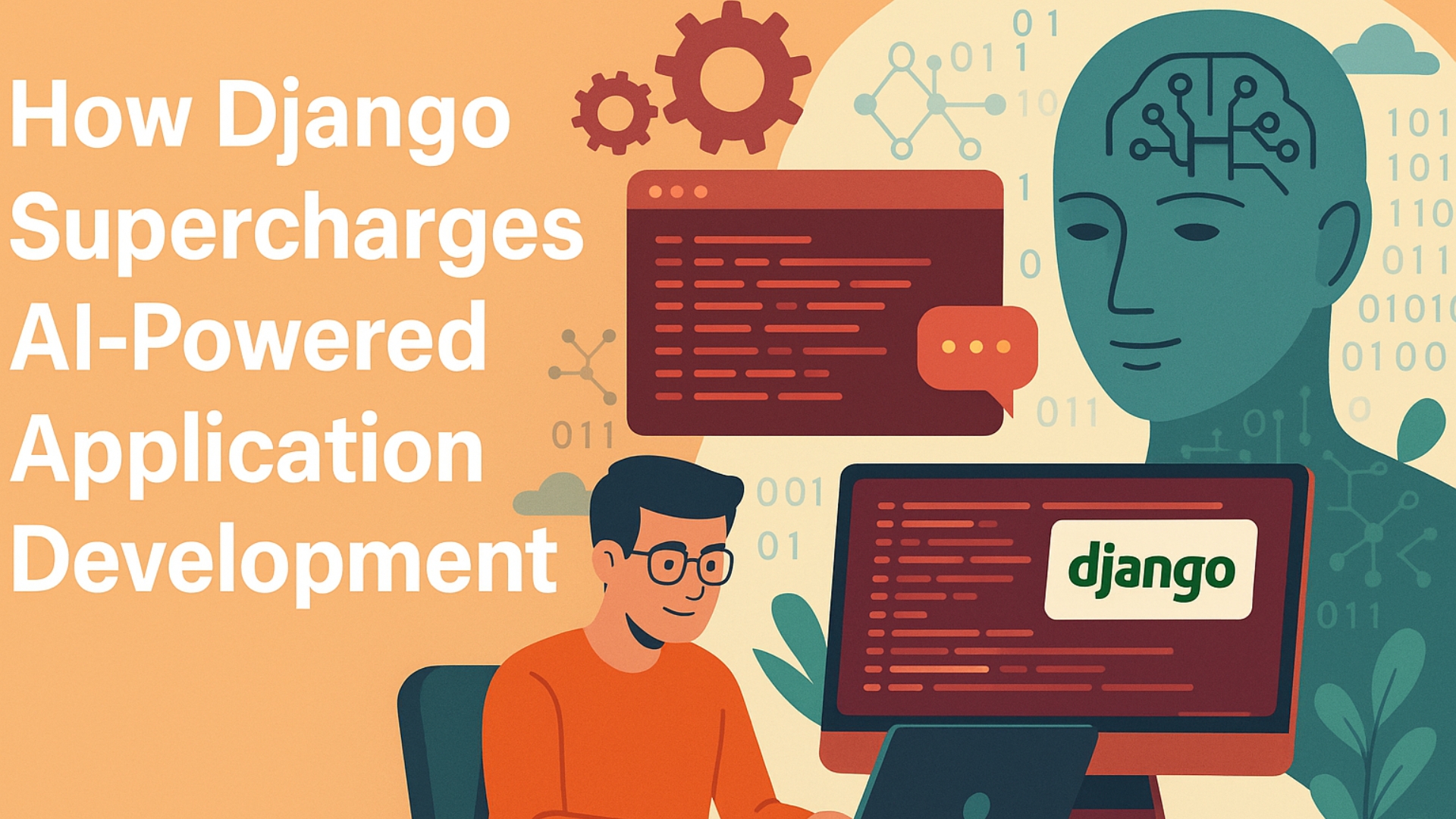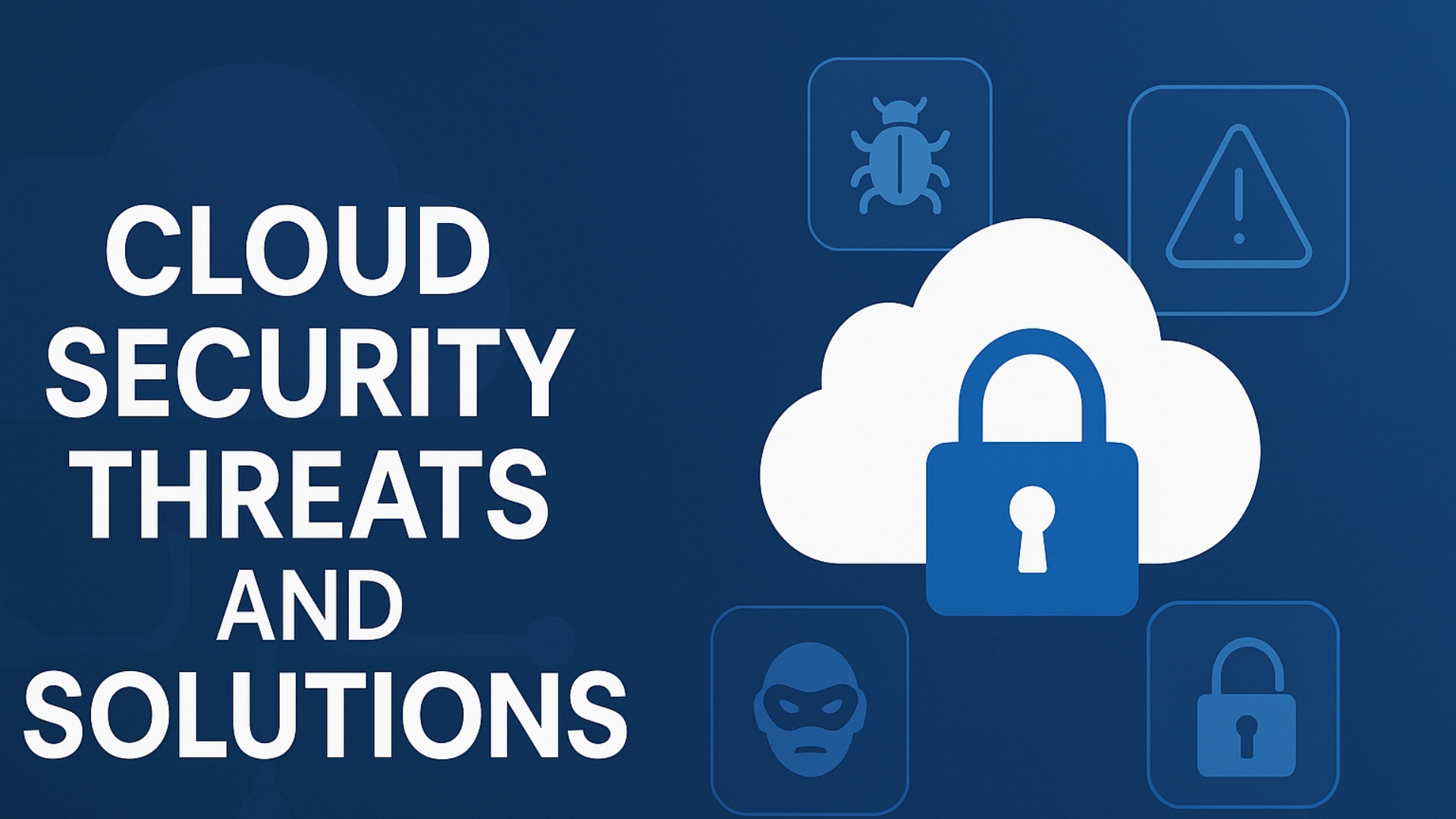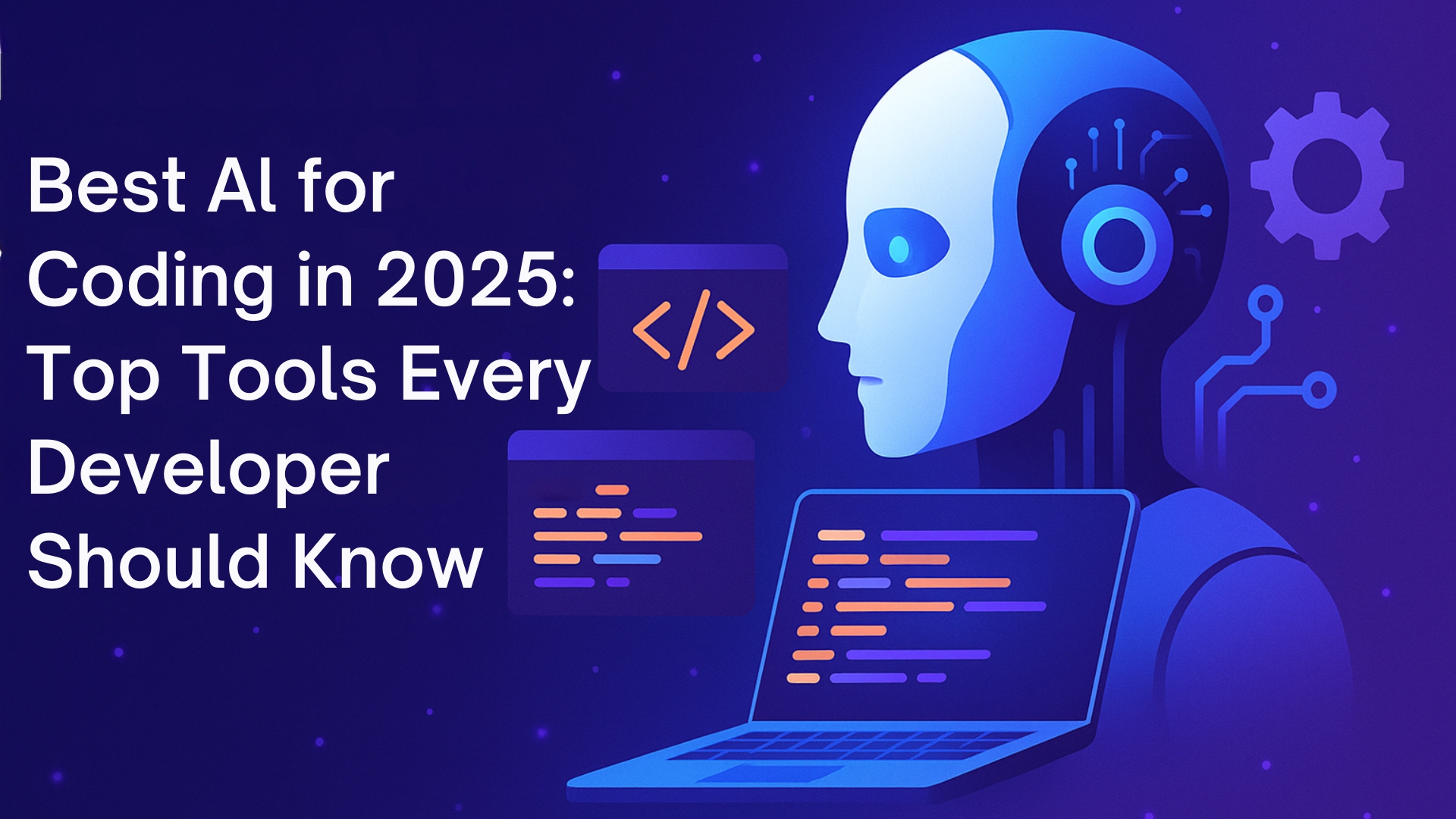In the ever-evolving landscape of mobile app developments, choosing the proper mobile UI framework is crucial for the success of your project. When you have many choices, it’s important to consider the benefits and drawbacks of each to make a well-informed decision. Flutter framework, Google’s open-source UI software development kit, has become popular among developers due to its unique features and advantages. This article explores Flutter’s significant pros and cons and why it remains a top pick in 2025, especially for applications integrating with modern technologies like IoT .
The Pros of Using Flutter
1. Cross-Platform Development
Flutter framework enables developers to create applications for multiple platforms using a single codebase. This feature significantly reduces the time and resources required to develop and maintain cross-platform apps for different operating systems, such as iOS and Android.
- Cost Efficiency: By using a single codebase for multiple platforms, businesses can save time and money associated with building, testing, and deploying separate apps for iOS mobile app development services and Android mobile app development services .
- Consistent UI/UX: Flutter ensures a uniform experience across devices, allowing users to enjoy seamless interactions, whether they use an Android or iOS device.
2. Fast Development Cycle
Thanks to its hot reload feature, Flutter app development facilitates faster app development. Developers can see the results of their code changes in real time without restarting the application.
- Immediate Feedback: This feature enables a more interactive and productive environment, as developers can rapidly iterate on their designs and debug their code.
- Efficient Collaboration: Designers and developers can work together more effectively, quickly and easily testing various UI elements and functions.
3. Native Performance
Flutter compiles directly to native app development ARM code using Dart, Google’s optimized language for fast apps. This results in high performance comparable to native applications.
- Smooth Animations: Applications built with Flutter deliver smooth and responsive animations and transitions.
- Less Overhead: The framework eliminates the need for additional layers between the device and the app, enhancing performance.
4. Rich Documentation and Community Support
The resources available for Flutter developers are extensive and continuously growing.
- Comprehensive Documentation: Flutter’s official documentation offers a step-by-step guide to help developers at all levels get started.
- Active Community: An active community provides a variety of tools, libraries, and educational resources, creating a supportive ecosystem.
5. Customizable Widgets
Flutter includes various widgets, catering to diverse design requirements and ensuring a cohesive look and feel across platforms.
- Fast Prototyping: Custom widgets provide flexibility to create and test new features and UIs quickly.
- Unified Design Language: The built-in widget sets offer cohesive styling that can be easily tailored to meet specific branding and design guidelines.

The Cons of Using Flutter
1. Large App Size
While Flutter offers high-performance apps, they typically have larger file sizes than apps built using React Native or Xamarin frameworks. Managing app size specifications across various platforms might be challenging.
2. Limited Libraries
Although increasing, Flutter’s library ecosystem is less comprehensive than native development platforms or React Native app development tools. Developers might need assistance in locating specific third-party tools and libraries.
3. Platform-Specific Challenges
Even though it’s cross-platform, some device-specific features may need extra work or native code integration, which can make development more complex.
4. Dart Language
Flutter application development uses Dart, which may require a learning curve for developers familiar with other programming languages. While not a frequent deterrent, it can affect adoption speed.
Conclusion: Is Flutter the Right Choice for Your App?
Choosing Flutter application development services in 2025 is ideal for those looking to build high-performance applications across multiple platforms quickly and efficiently. Despite some drawbacks, the advantages, such as faster development cycles, cross-platform capabilities, and superior native performance, make it a compelling choice. As Flutter continues evolving and its ecosystem flourishes, it will likely only become a more attractive option for developers and businesses seeking robust mobile app development software for both iOS and Android platforms.







